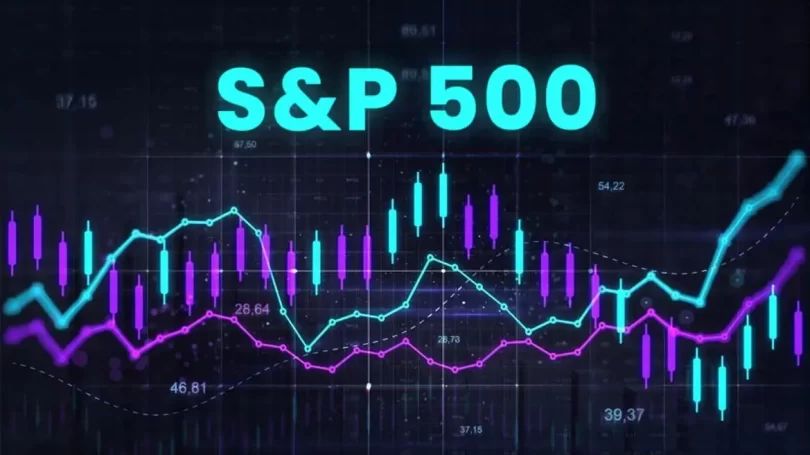Morning market moves do not always follow the same path. Sometimes the open leads to steady momentum, other times it loses strength quickly. One factor often shapes that early behavior — the trend in S&P 500 Futures.
Getting familiar with how these contracts move helps traders stay grounded and respond with more clarity. However, interpreting trends is more than just watching the price direction. It involves timing, structure, and context.
Let us explore how to break down the signals and read what the market might be trying to say.
Contents
S&P 500 futures overview: Seeing the bigger pattern
A S&P 500 futures overview can do more than show where the price is today. It can help identify what kind of trend is developing. Is the market moving higher with clear pullbacks and strong recoveries? Or are there signs of exhaustion?
Markets often leave clues around familiar price zones. If support continues to hold or resistance keeps pushing the price down, it says something about the current balance. A series of weaker recoveries can point to fading strength. These signs tend to show up in futures trading before they spill into the main index.
The key is to stop treating trends as straight lines. They pause, shift, and evolve. Watching futures across sessions helps you follow that rhythm with more accuracy.
Spotting change on the ES futures chart
One of the best ways to catch shifts early is through the ES futures chart. Certain areas on the chart draw attention. Sometimes, the market holds steady along a trend, or a level acts like a wall. Sharp moves away from recent highs can also reveal hesitation or reversal pressure.
Sometimes the change is subtle. A slower climb. A dip that fails to bounce. A volume spike in a quiet zone. These clues can hint at a shift in market behavior.
You do not need a dozen signals. Often, one or two well-placed signs on the chart are enough to adjust your plan or prepare for a new setup.
Emini futures performance and trend strength
Looking at Emini futures performance across several sessions helps confirm whether a trend is gaining or losing momentum. Are strong closes happening day after day? Are dips being bought fast, or are sellers starting to take control?
This becomes even more important during extended moves. Momentum sometimes fades quietly. Instead of sharp drops, the market simply stops making progress, and that pause can speak volumes.
Let context guide your expectations
It is easy to expect too much from a move that has already covered distance. That is when context matters most. Is the trend supported by broader news? Is it part of a recent pattern? Or is it simply a short-term reaction?
Even a solid setup can lose strength if the environment changes. Staying alert to news, sentiment, and other markets keeps your view balanced.
The chart may suggest direction, but the context tells you if it is realistic to expect follow-through.
Final thought: Learn to read what the price is telling you
Interpreting S&P 500 Futures trends is not about trying to guess where things will go. It is about watching closely and noticing what the market is already revealing. Every move offers clues. Each day adds something to the story.
If you stay focused on price behaviour, avoid assumptions, and read the bigger picture, your decisions will become more grounded.
It is not about catching extremes. It is about working with what the market shows you right now. It is about adjusting with purpose, staying patient, and working with what is in front of you.







